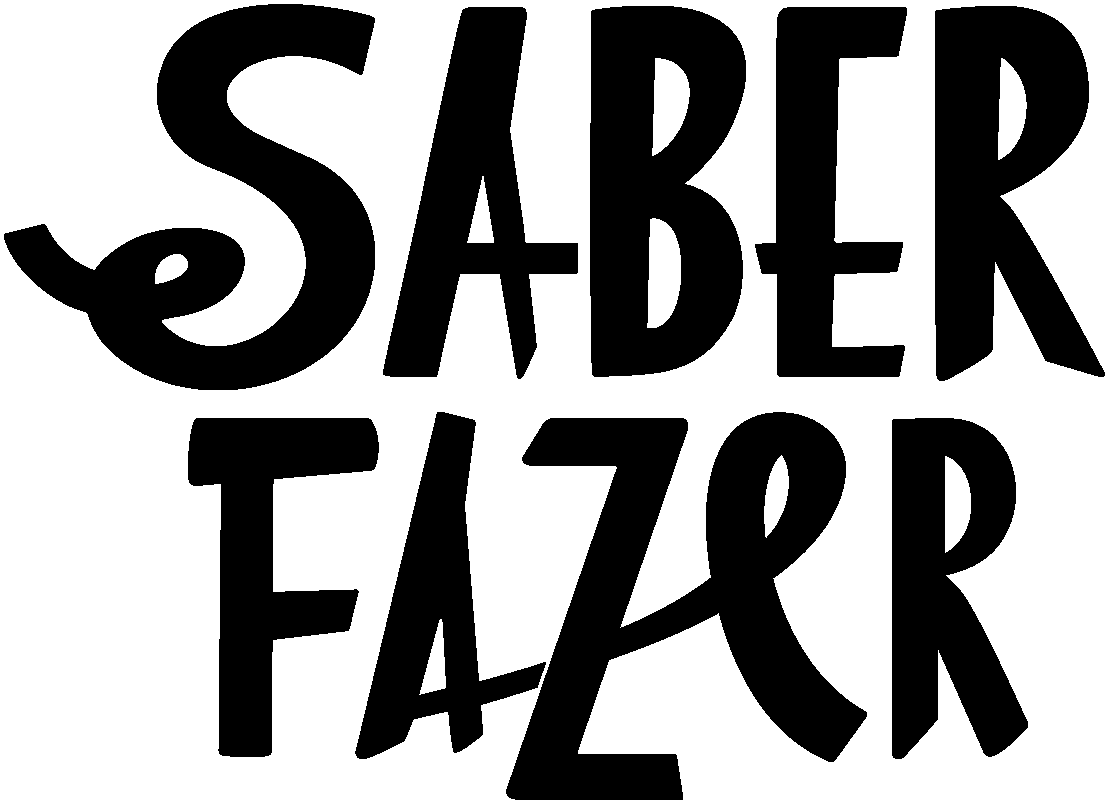Blog

Combing and the other side of Portuguese wool
Combing wool with Louet's mini combs has been one of my latest pleasures. And combing this gorgeous light gray portuguese merino that I brought from Ancorme a few weeks ago, makes it even more so. I don't know if you can see in the photos how the light brown shades show in the roving. It's beautiful.
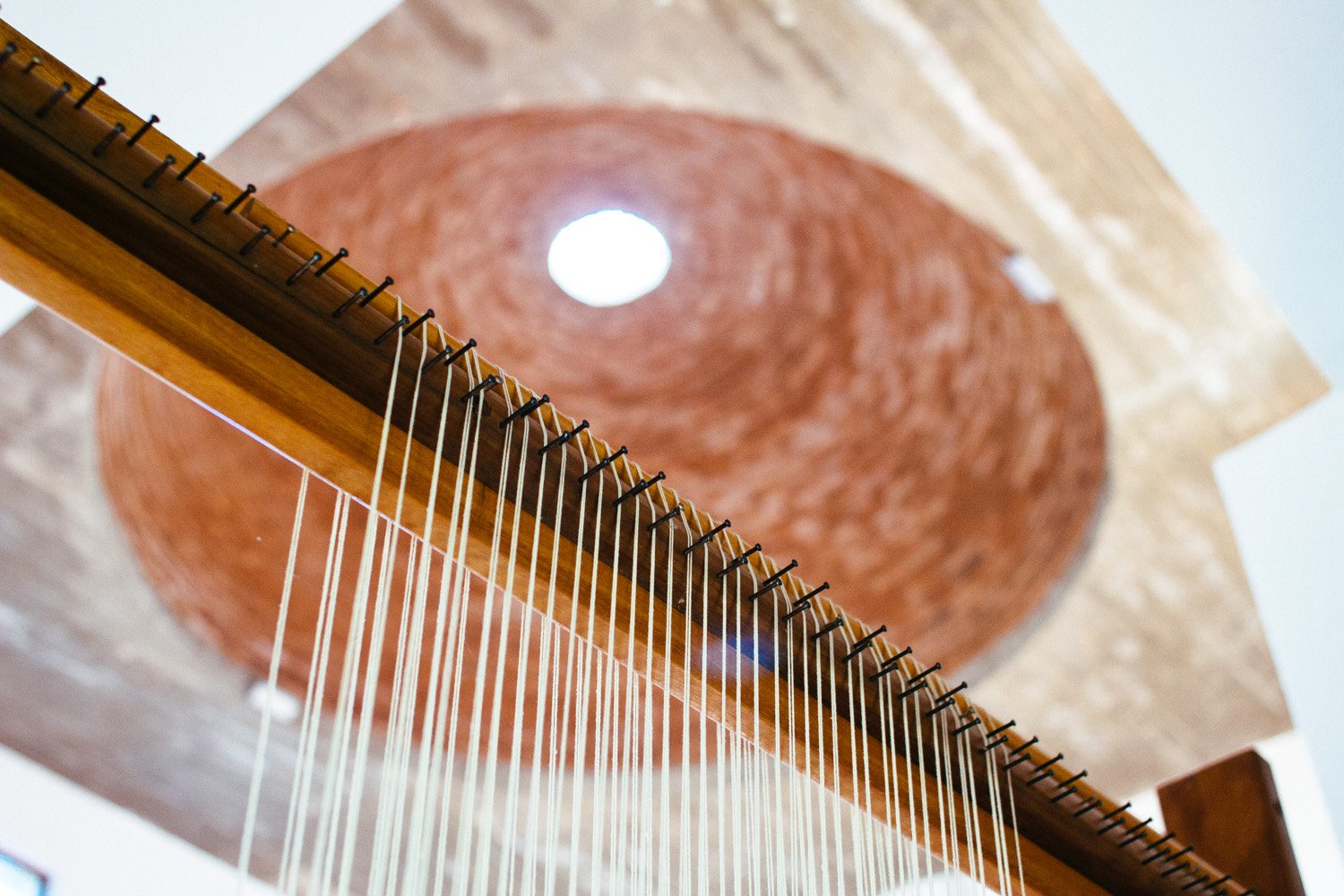
In Vale de Gatos
A trip to Évora in a mix of work/pleasure and a quick visit to Vale de Gatos to finally get to know Isabel and Carlos's place. Unexpected news made Isabel travel a little sooner than expected, but Carlos was there to show us around and allow me to photograph the atelier.
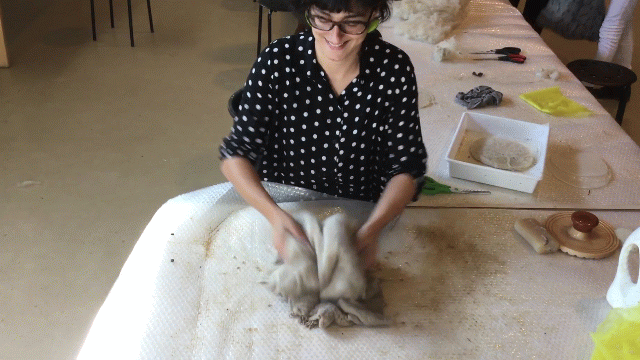
Felting a mosaic of Portuguese wools?
The small exhibition about Portuguese Wool that I improvised for the Festa de Outono worked out really well, but the raw fleece samples were in such a natural state that it was really easy to fall apart when we touched it.

A first in felting
Here are a few images from the Felting Workshop that Ana Rita de Albuquerque gave at Serralves last October.

Dye plants - the seeds
This spring I started studying dyeing plants, in order to make a selection that I thought was good for a dyer's garden. I gathered seeds for all of them and passed them on to Carlota, who germinated and transplanted them to the garden, later.

The colours of nature
Some of the colors dyed during the Natural Dyeing workshop using onion peels, henna, madder, fresh japanese índigo (Persicaria tinctoria) and walnut tree leaves, using different types of portuguese wool and silk as well.

Rocella tinctoria
This small Orchella Weed (Rocella tinctoria) sample was given to me by Guida, to grow my natural dyeing related collection.

Dyeing with fresh indigo
This spring, in Serralves farm we started a small dyer's garden, with the purpose of having a few live varieties to show and maybe use in the workshops and experiments. This year the garden was really small, we didn't have much time to dedicate to this part of the project, but we managed to grow a few interesting plants, like japanese indigo, woad and a few others.
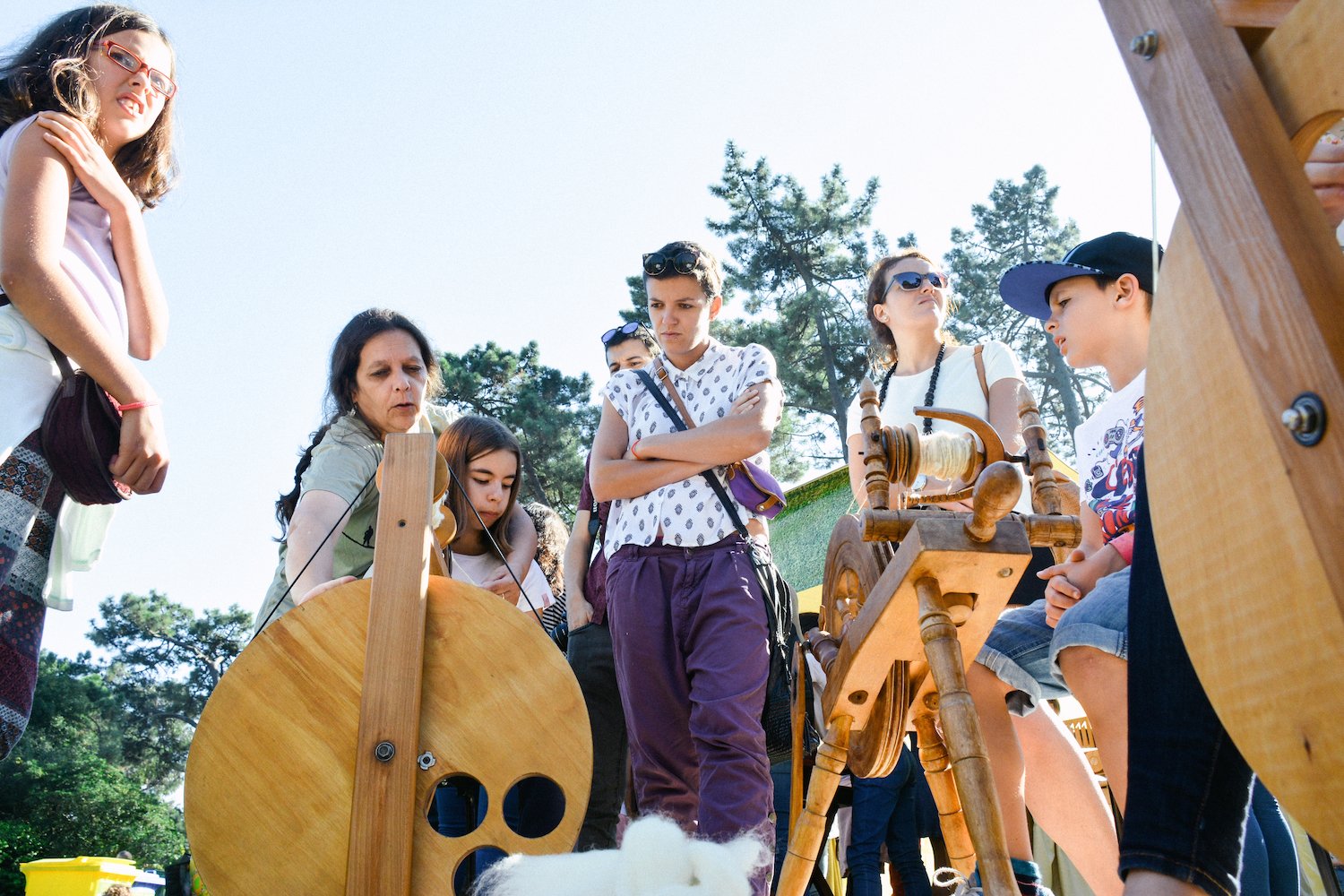
Learn how to weave, dye, felt and work with Portuguese wool
The October workshops start on October 15 and will take place over three weekends, teaching how to weave, dye, felt and work wool from raw fleece to yarn, at Quinta de Serralves.

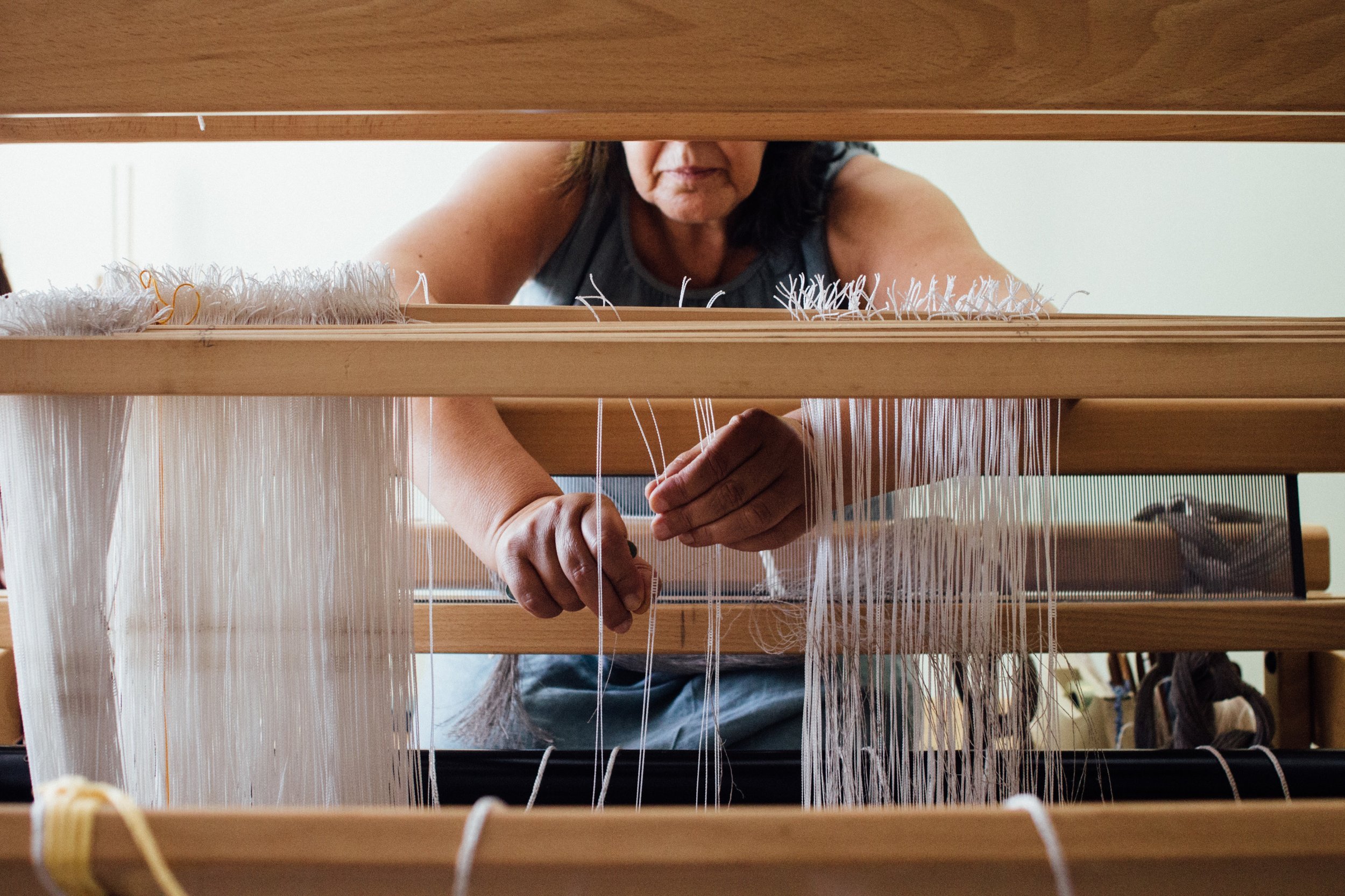

Hanging around Portuguese wool
Today, a day spent organizing samples from raw fleeces from all our local sheep breeds, for a small exhibition that will happen in late September. So many different wools for such a small country!
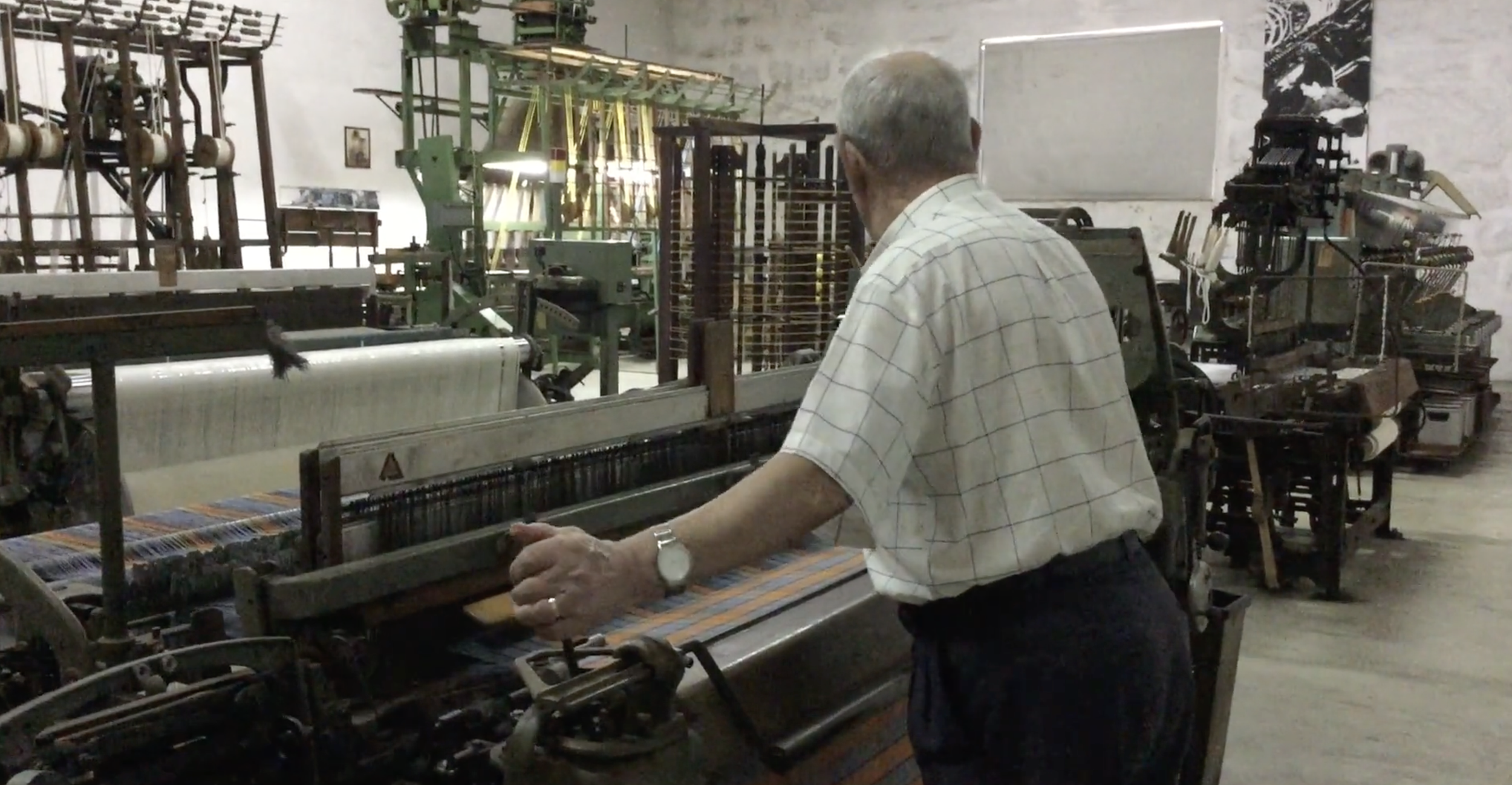
At the Textile Industry Museum of the Ave region
At the Textile Industry Museum of the Ave region, the mechanical looms still work and they sound like music to me.

The spring workshops are over
Spring is over and so are the workshops dedicated to teaching how to grow and process textile fibers from the ground: Sheep Shearing, Silk Reeling and Flax growing and processing were taught in Serralves using the fibers grown right on the farm

The tools we have
Gathering good tools for next saturday's flax processing workshop was not easy. I wanted to find good ripples and hackles, that had been used in real flax work, not because I'm nostalgic about other times, but because you can't easily find new ones for sale and making them with the same quality would be expensive, because of the specific metal work necessary.

HOW TO PRODUCE FLAX: Practical workshops and demonstrations at Quinta de Serralves
At Quinta de Serralves, this is the second year of cultivating a flax field with the goal of teaching about its production and processing using only locally produced fiber.

HOW TO PRODUCE SILK - practical workshops and demonstrations at Quinta de Serralves
On Saturday June 11, Saber Fazer brings to Serralves a day entirely dedicated to silk fibre and its small-scale production, with demonstrations, experiments and guided tours of silkworm rearing, which is taking place for the second year running at Quinta de Serralves.

Slow and steady
This year the weather was radically different from last year's during the flax season: lots of rain and lower temperatures that have been raising slow and steady.

Learning to reel cocoons with Teresa Frade
Last year I found myself with a box full of cocoons resulting from our breeding, but I had no idea how to extract the silk thread. These days, in Portugal, it's not exactly easy to find someone who can teach you how to do something so specific.

Cocooning
Half of our silkworms have entered the last instar and have started to feed on black mulberry leaves like crazy, as they should in the days before cocooning.
